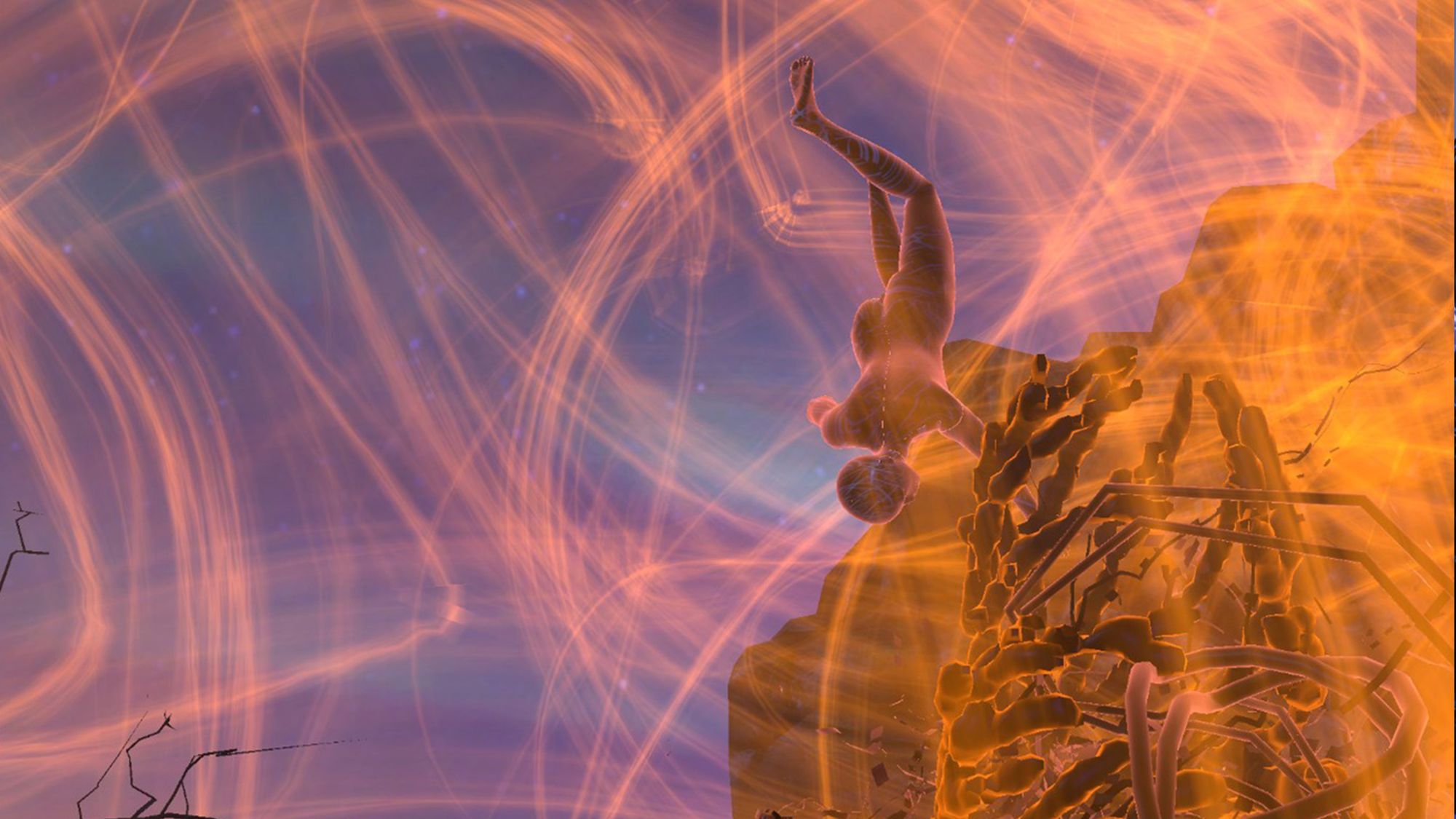The Kinoteka Polish Film Festival took place in March at ICA London, and it included a special VR work, Nightsss (Polish: Noccc), a seven-minute virtual erotic poem based on a poem written sixteen years ago by Weronika Lewandowska. Together with Sandra Frydrysiak, Weronika explored how poetry could be combined with dance and adapted to a whole new level in virtual reality. And what makes a VR experience truly immersive? Interview.
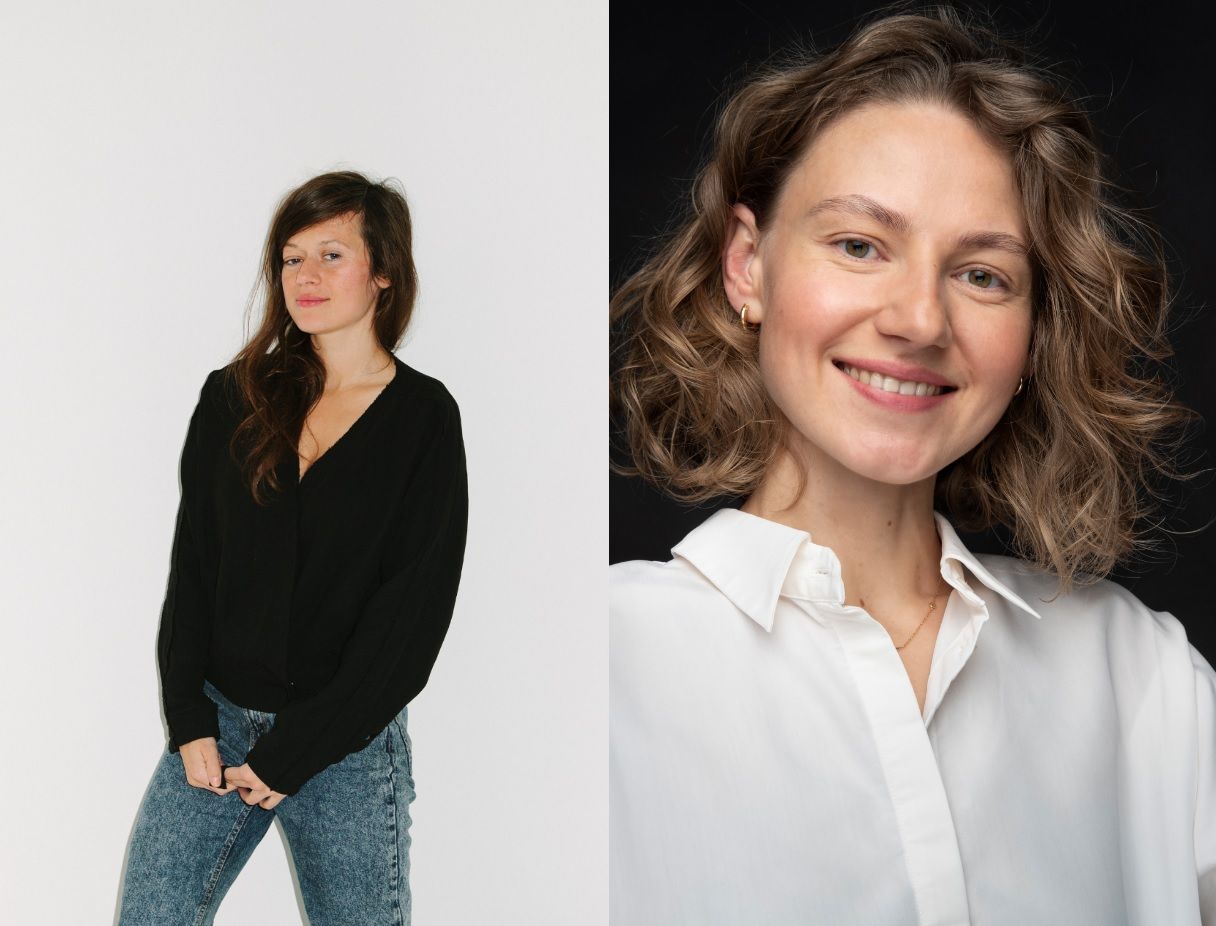
Please tell me a bit about your professional background. What are you doing nowadays, and how did you start working together?
Weronika Lewandowska: I’m a spoken word poet and performer as well as a lecturer of creative writing and transmedia art. I have been performing with my poetry for many years and—in the context of our VR work—it’s important that my poetry is not for the reading audience. It’s performative, therefore it works best at live performances. Right now, I’m involved in a few projects. For example, I’m working as a voice director and literary consultant for a VR experience called The Darkness (after Byron’s poem), and last week I gave a workshop on ethical storytelling and ethics in VR in Prague during the East Doc Platform.
Sandra Frydrysiak: I work as an Assistant Professor at the Department of Media and Culture at SWPS University in Warsaw. I was a dancer for 10 years and then, it naturally evolved into academic studies. During my Ph.D., I looked at dance from a cognitive perspective—researching how we get to know the world through dance and how we could understand it as a practice that will develop our perception and perceptive skills. At one point, Weronika and I got interested in neurocognitive studies of dance, and it was one of the backgrounds of our cooperation. Nowadays, I am concentrating on my other field of interest, gender studies and feminism, which is also connected to art, dance and film in my work—for example, I’m now conducting research on female choreographers and how their female identity influenced their art.
So, poetry and dance gave a strong background for your cooperation. But how did VR come into the picture?
Weronika: While Sandra was doing her Ph.D., I was discovering forms of storytelling and art, which use new technologies and media. My Ph.D. was about immersive experiences, and the research on VR was a part of it. I started it before the boom of VR, in 2010, a few years before people could buy commercial VR headsets. As an artist and poet, I was interested in new ways of expression and how I can use spatial experience and interact on the stage by using new media and technology. VR is one of the best ways to digitize performative experiences and to create a meeting with your public in a unique way.
A few years ago, we applied for a fund and started our research on VR experiences—that was the first time we could actually test VR. After a break, we applied for another open call with the aim of researching the perception of new narratives, and it gave us a lot of creative opportunities to learn how to produce a VR piece.
And what were the most important insights of your research? For instance, some of my previous VR experiences (mainly in exhibitions) could hardly be called immersive, maybe because of my current mood, the piece or the institutional atmosphere. What do you think could be the keys to designing a truly immersive VR piece?
Sandra: Many people say that VR is such an immersive medium, however, the level of immersion is up to different factors. Sometimes we can be more immersed by reading a book than by wearing a VR headset. Scientifically, there are some predictors that make us more engaged. We asked ourselves if we wanted to do a cinematic VR, where we use a 360-degree camera, and you just wear the goggles and watch the world by moving your head, or to do an interactive VR that is generated by programs and when you move physically, you move in the VR, too. The latter for us was a game-changer. It is easier to forget the outside world when you act motorically and kinesthetically—you are getting immersed then more deeply. Also, in our VR experience (Nightsss) you can feel like touching the virtual world through the vibrating controllers, it usually helps with the level of immersion, as well.
However, the success of the experience depends on many things: the quality of the work, the narrative and also your own prior experiences and openness to VR experiences. Many aspects have to “click” to make you feel really immersed.
Weronika: People have different experiences and body memories. As you said, sometimes the passage between worlds is missing. To help that, we presented our work during the Polish Premiere in Wroclaw in the context of an art installation. That was a special environment to prepare you for the experience. We believe the VR experience starts before you wear the headset: your mental state at the arrival is important. That’s why we built light and paper installations, which were designed to put you into the mood, which change your expectation for the experience and tunes your senses. This passage helps you cut away from the outside and allow a deeper immersion.
It is also important to talk to people beforehand. We even included this in the user experience instruction, and we gave an entire room for one person. We build it to give them an entire experience including overlapping spaces, the real and the virtual world.
Does it mean that you always have to redesign the environment for presenting your VR work in different institutions and events?
Weronika: It happens, and it also depends on the curator. We always try to bring some lights to create intimacy for this experience. It was very challenging for online events—the world premiere was during the pandemic, at the Sundance Film Festival in the metaverse.
Sandra: At that time, the curator of our section was wondering what we should put into the instruction for people who will be experiencing our VR at home. She suggested using a fan, because, in the VR experience, there is a moment with intense wind, so maybe it could immerse you even more. She experienced our piece for the first time in the garden on the grass and it was already a bit windy, so she liked it.
Weronika: That’s why it’s important to give some instruction before, even if it’s online. You are creating this passage at your home by changing the environment. I perceive it as a new kind of ritual or virtual art perception.
Nightsss is often referred to as a virtual erotic poem. What does it mean exactly? What does the visitor experience?
Sandra: The level of the experience is both visual and auditive. We hear Weronika’s voice and then the poem, performed by her, and it leads us through the experience. You find yourself in a unique space, which is designed to make you feel secure, curious, calm and sensual at the same time. You meet a character in the work, who tries to interact with you and you can follow its dance movements. The sound is interactive, and the narrative is about the meeting, but it is really open to interpretation.
Weronika: The character invites you to dance and explore your senses in the context of your surroundings. People experiencing this VR usually need time to open and learn how to explore. You can hear me performing in Polish—we did not want to use any subtitles or the English version of the poem. The Polish language is full of onomatopoeia, and it works well in the background. However, we wanted to translate the sensual and ASMR quality of the poem, and the performative presentation of myself on the stage, because there are a lot of nonverbal acts which are important when I perform. We translated these body expressions into behaviors of objects, nature and movements.
What kind of feedback did you get?
Sandra: There are two main directions in how people react. A big group would be very shy in the movements. It takes a while for them to open a little and use their hands while moving. If you move, you will explore more, hear different sounds and get into interaction with elements of the space. The second group of people is very motorically open and ready to explore everything. They go all around and want to even check what’s under the elements. Usually, they are more connected to their bodily experiences (by dance, sports, performative arts or even public speaking).
Weronika: We heard many times that it brought some state of relaxation and tranquility. In the end, people felt well, they stopped thinking about their own problems and it was like we hacked their minds. I think we are successful with that because we wanted to bring good experiences to people with VR. In addition to Sandra’s thoughts, there is another group: people with expectations. They have an idea of VR and how it should work. Instruction and onboarding are particularly important for them, and it is also helpful to watch the work several different times and give yourself time to explore your own behaviors within the new medium.
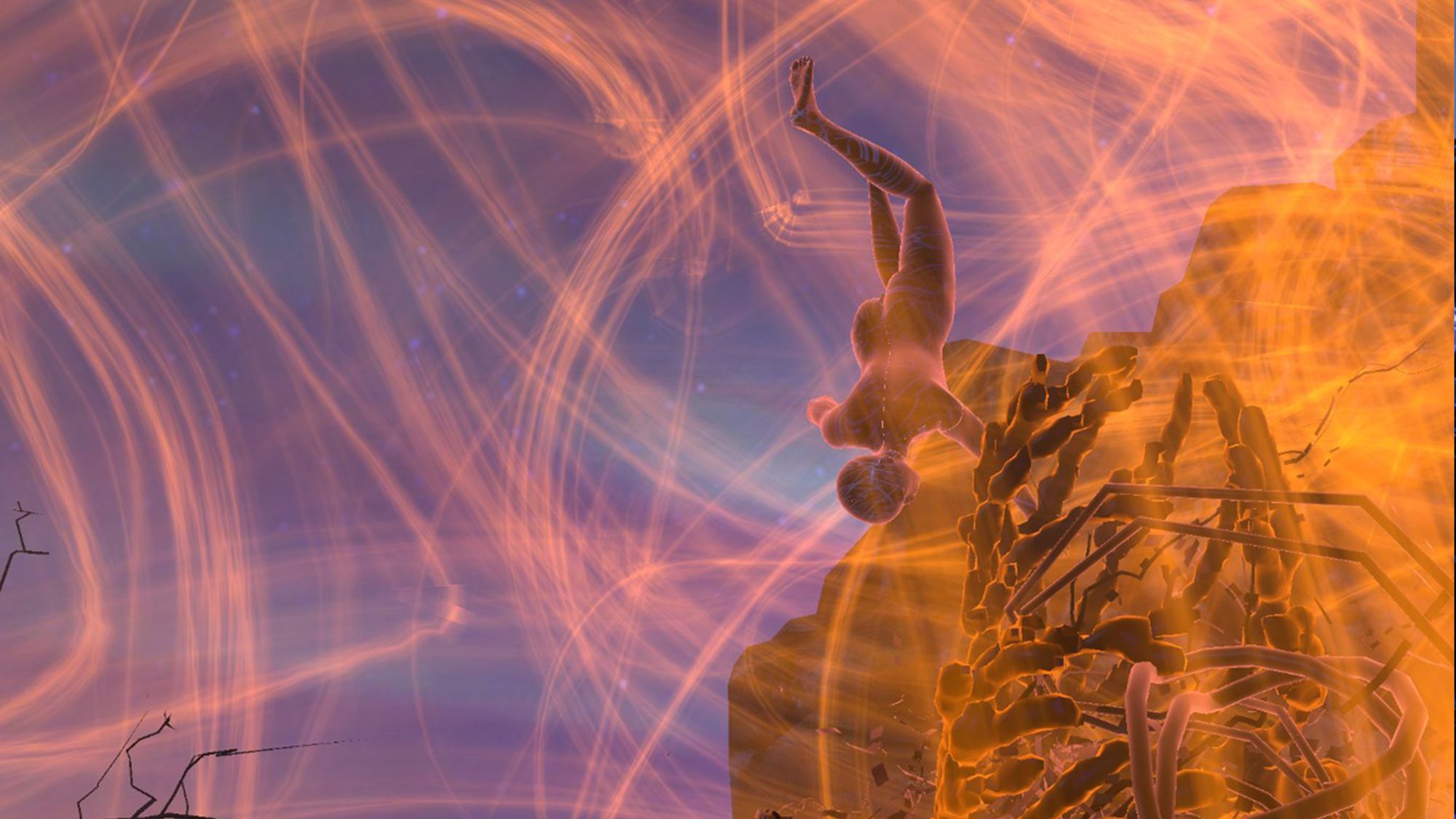
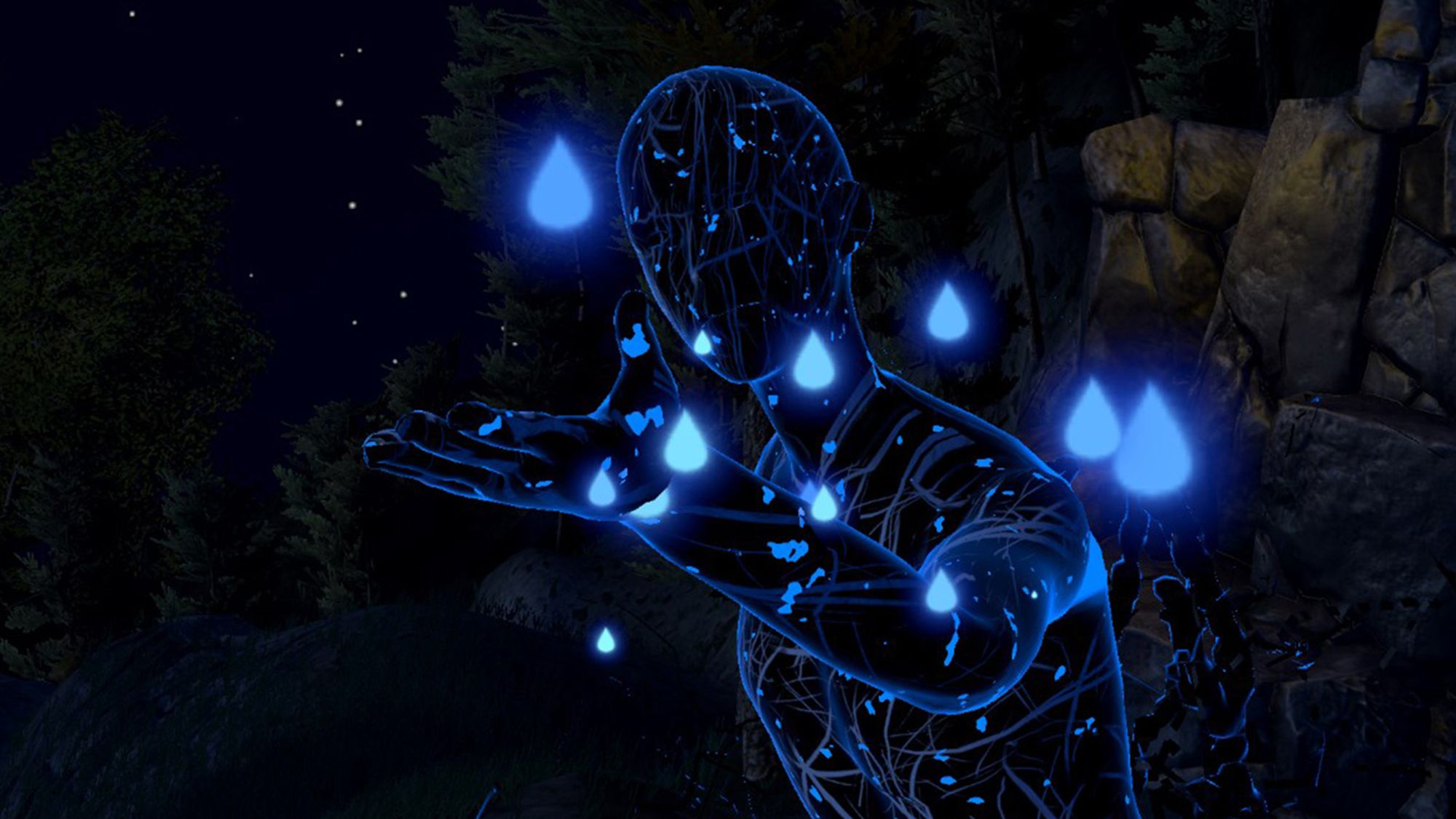
VR Nightsss was directed by Weronika Lewandowska and Sandra Frydrysiak, developed at the VR/AR Studio of the Visual Narrative Lab (vnLab) and the Lodz Film School in Poland.

Issue No. 3 of Hype&Hyper magazine is out now!
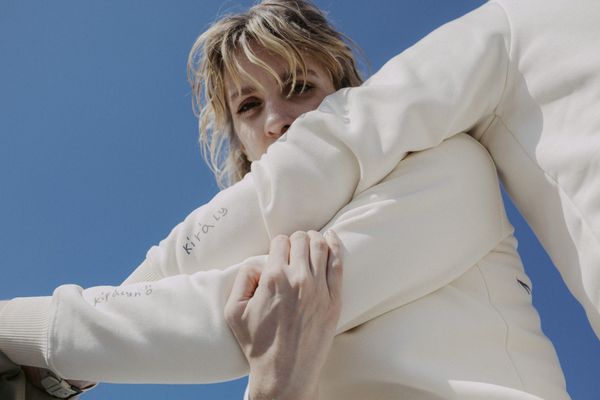
Autistic Art and Touch Me Not came up with a joint collection for World Autism Awareness Day










